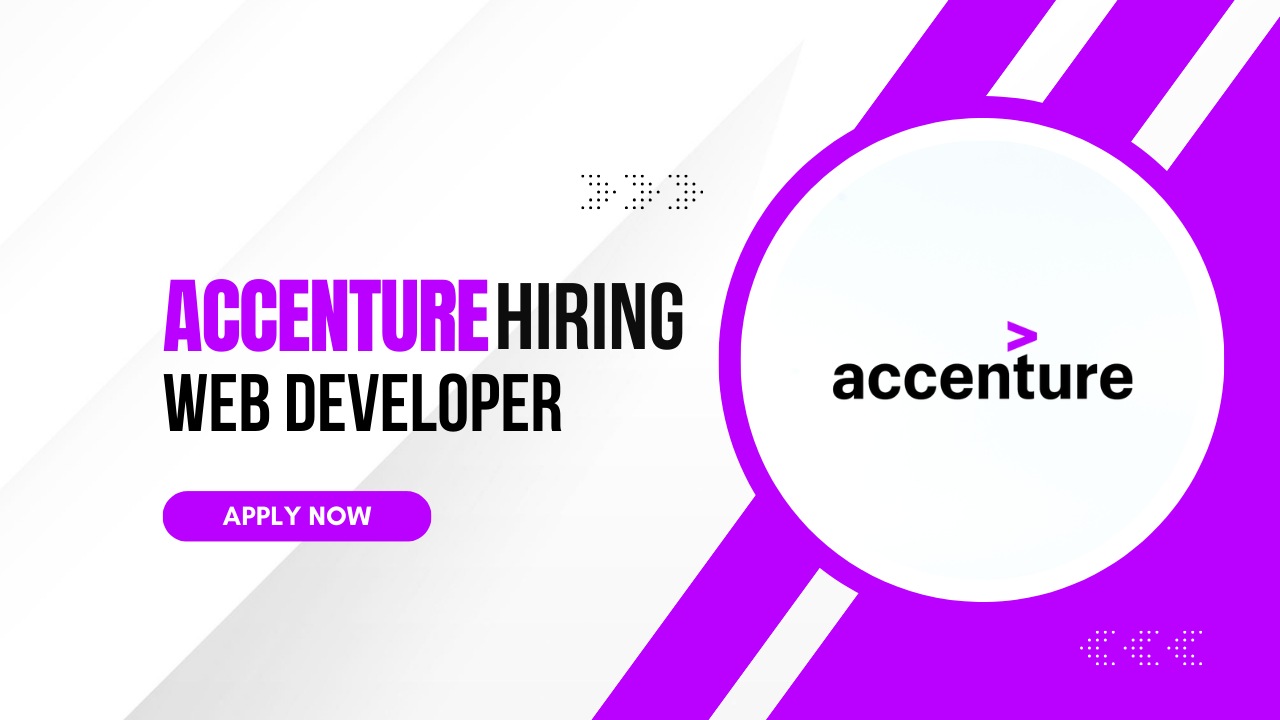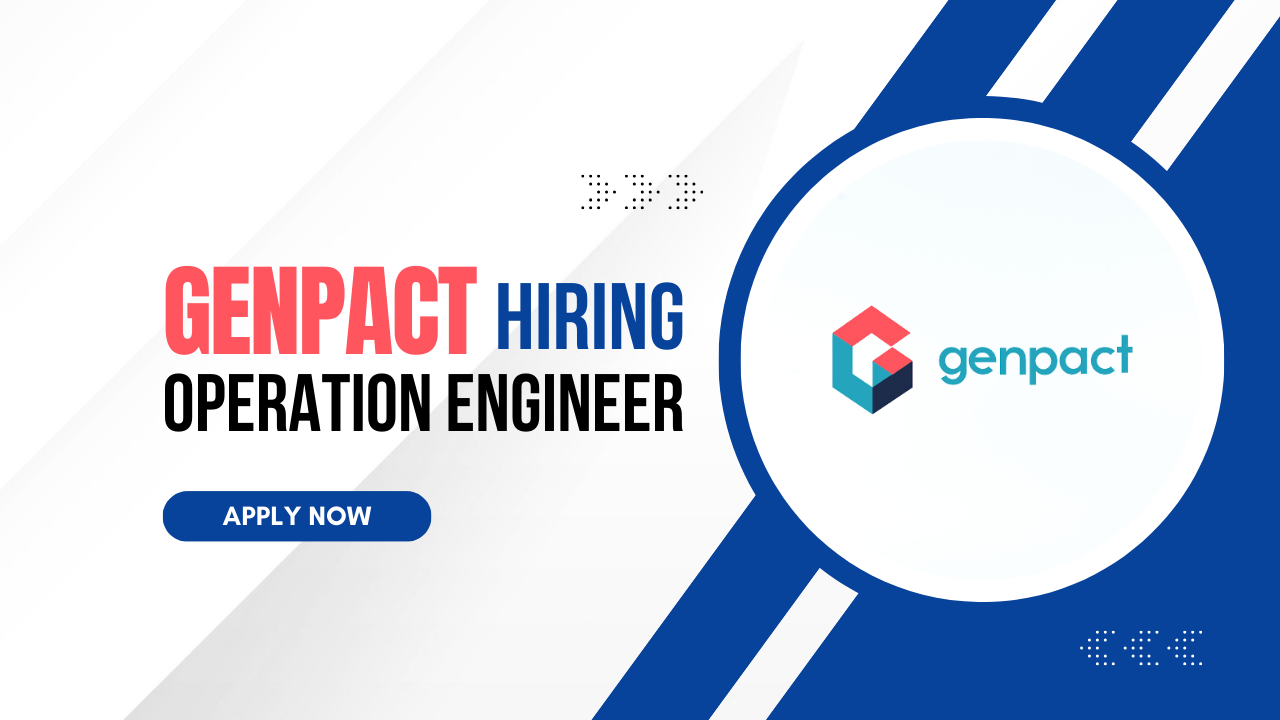Citi Recruitment Drive:–
Citi Recruitment Drive 2024: Exciting opportunity ahead! Citi, a global leader in financial services, is on the lookout for a Data/Information Management Analyst 2 (C10) to join their fast-growing Analytics and Information Management (AIM) community in Bangalore, India. With over 200 years of experience, Citi serves as a trusted partner, providing responsible financial services that foster growth and economic progress. If you’re passionate about data analysis, transforming insights into actionable strategies, and thrive in a dynamic work environment, this role offers you a chance to make a significant impact. Join Citi and be part of a team that’s shaping the future of financial services through data-driven transformation. Explore the details now at Kaabil Jobs and start your journey toward a rewarding career at Citi!
𝐏𝐚𝐲 𝐀𝐟𝐭𝐞𝐫 𝐏𝐥𝐚𝐜𝐞𝐦𝐞𝐧𝐭 𝐓𝐫𝐚𝐢𝐧𝐢𝐧𝐠 𝐏𝐫𝐨𝐠𝐫𝐚𝐦- 𝐆𝐞𝐭 𝐏𝐥𝐚𝐜𝐞𝐝 𝐈𝐧 𝐓𝐨𝐩 𝐌𝐍𝐂’
Overview
Qualifications
- 3-5 years of experience in delivering Tableau/Power BI Dashboards, MIS, and Data Analysis solutions.
- Hands-on experience with data analysis and recognizing data patterns.
- Proficient in transforming both quantitative and qualitative data into actionable business insights.
- Knowledge of designing and developing Charts, Graphs, and Dashboards for Controls Testing Automation.
- Beginner-level proficiency in Tableau/Power BI.
- Familiar with SQL and Teradata for data management.
- Proficient in MS Excel and PowerPoint.
- Nice-to-have experience in SAS on Mainframe.
- Strong understanding of the banking domain (Wealth, Cards, Deposits, Loans, Insurance).
- Excellent communication and interpersonal skills.
- Ability to thrive in a dynamic, fast-paced environment.
Roles and Responsibilities
- Utilize Tableau/Power BI to design, develop, and maintain data dashboards, reports, and charts.
- Collaborate with cross-functional teams to generate insights from data and present them to business leaders.
- Use SQL and Teradata for data extraction, processing, and analysis.
- Provide recommendations based on data patterns and support data-driven decision-making.
- Contribute to organizational initiatives, including competency development and training programs.
- Ensure the accuracy, consistency, and clarity of data for business analysis.
Skills Required
- Analytical Skills: Ability to analyze and interpret large data sets, identify patterns, and generate actionable business insights.
- Tools & Platforms:
- Beginner-level experience with Tableau/Power BI for visualizing data.
- Knowledge of SQL and Teradata for database management.
- Proficiency in MS Excel and PowerPoint for reporting and presentation purposes.
- Domain Expertise: Understanding of the banking sector including Wealth, Cards, Deposits, Loans, and Insurance.
- Soft Skills: Strong communication, teamwork, and problem-solving abilities.
Job Description:-
As a Data/Information Management Analyst 2 at Citi, your primary role is to analyze large datasets and transform data into actionable insights for decision-makers. This includes:
- Designing and developing dashboards and data visualizations using Tableau or Power BI.
- Utilizing data management tools like SQL and Teradata to handle data.
- Assisting in the automation of control testing through data visualization.
- Supporting cross-functional teams with data analytics to drive business growth and decision-making.
- Contributing to training, organizational building activities, and continuous improvement initiatives.
Citi Recruitment Drive Application Process:-
Apply In Below Link
Apply Link:- Click Here To Apply (Apply before the link expires)
Note:– Only shortlisted candidates will receive the call letter for further roundsTop MNC’s Hiring Across India , Upload Your Resume
Join Us For Regular Job Updates



